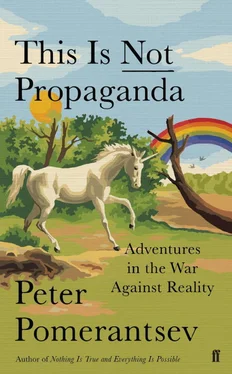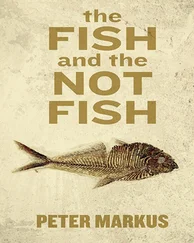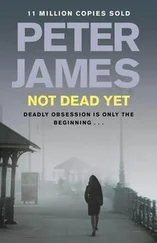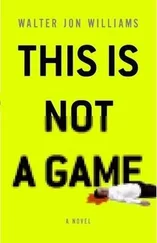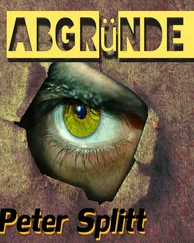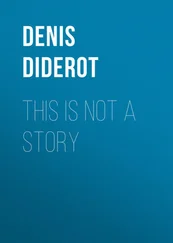But even as an imprint of Marcos’s media methods emerged, Glenda thought there was an important difference in its digital-era manifestation. Back then, you could see the enemy. There was a sort of predictability: they could kill you, or you could skip town, contact a lawyer, write to a human rights group, take up arms. You knew who the agents were, who was coming for you and why. There was something of a routine to it all.
But now? You couldn’t see the enemy. You couldn’t tell who you were really up against. They were anonymous, everywhere and nowhere. How could you fight an online mob? You couldn’t even tell how many of them were real.
*
After several months of this onslaught, Maria and the Rapplers dedicated themselves to making sense of the attacks. They could now see a pattern to the chaos. First, their credibility had been attacked, then they had been intimidated. With their reputations undermined, the virtual attacks were turning into real arrest warrants. They wondered whether there was a design lurking behind it all.
First to catch their eye were the Korean pop stars.
They kept appearing in their online community, commenting on how great Bongbong Marcos and Duterte were. How likely was it that Korean pop stars would be interested in Filipino politics? When they checked out the comments the pop stars were making, they matched one another word for word: obviously fake accounts, most likely controlled from the same source.
Now that they had identified accounts that were clearly fake, they ran a program that could scour the Internet to see who else was using the same language. This took two months, but they found other accounts repeating the same phrases. These looked more realistic, claiming to be real Filipinos with real jobs. Maria and the Rapplers began researching each one individually, calling their purported places of employment. No one had heard of them. Altogether they found twenty-six well-disguised but fake accounts repeating the same messages at the same time and reaching an audience of three million.
The Rapplers breathed a collective sigh of psychological relief: here was something to hold onto. Now that they could see the design in the attacks, they could get a sense of firm reality. This wasn’t their fault. Somebody was doing it to them.
They began to categorise every narrative the mobs were using to attack them. They listed dozens: that the media are corrupt; that Rappler should be boycotted; that Senator Leila de Lima should be arrested. They looked at the frequency with which each narrative would appear, a sort of heartbeat monitor of mentions. They found they would peak sharply before a political event: mentions of ‘media corruption’ could increase by several orders of magnitude prior to an election, for example; calls for de Lima to be arrested soared before the police came for her. How spontaneous could that really have been?
They built up what Maria calls her ‘shark tank’, a sort of Internet attack radar system that warns when fake stories are approaching, when a smear campaign is starting to be built. If the smear is an old one, Rappler can automatically send out ripostes, raising the alarm among its online supporters to defend the cause.
In February 2018 the Rapplers became aware of an unusual creature on the Filipino Internet. His name was @Ivan226622 and he was reposting articles frenetically: 1,518 pieces about Filipino politics in just one week. The cover photo was unremarkable enough: a Filipino man who claimed to be interested in computing. He had a video lecture created by an American university on the subject of ‘Can You Trust the Press?’ pinned permanently to his profile. Except when you looked up the ‘university’ in question, it turned out to be no academic institution, but rather a self-awarded accreditation used in videos produced by an American talk-show host. [12] Gutierrez, Nataysha, ‘Bots, Assange, an Alliance: Has Russian Propaganda Infiltrated the Philippines?’ Rappler, 26 February 2018. https://www.rappler.com/newsbreak/in-depth/196576-russia-propaganda-influence-interference-philippines .
But what was even more unusual was @Ivan226622’s activity prior to his appearance in the Philippines. Originally he had been posting frenetically about events in Iran first, then Syria. Then he switched his attention to Spain, posting hundreds of articles agitating for the independence of the Catalonia region. The articles he posted were from Spanish-language, Russian state media. A whole cohort of other accounts posted the same articles at the same time.
@Ivan226622’s discovery in early 2018 came at a time when there was much talk in the news about perhaps the most infamous troll farm in the world: the Internet Research Agency (IRA) in St Petersburg, Russia, which gained great notoriety when it was revealed to have tried to influence the US presidential election in favour of Donald Trump. Attribution – knowing who is really behind an account – is always tricky, so these revelations about the IRA led to innocent people who just had interesting Internet habits also being accused of being ‘Russian trolls’. @Ivan226622 disappeared soon after Rappler wrote about him, before anyone could work out who he really was.
But ever since Rodrigo Duterte had met, and got along with, President Putin, the Filipino government had started quoting Russian state media. Could @Ivan226622’s brief appearance have been related? It was a little reminder that Rappler’s experience was one front of a vast global phenomenon.
To Catch a Troll
Though it gained global notoriety for its American campaign, the IRA is more focused on attacking domestic opposition. In St Petersburg one young and rather fragile-looking woman, Lyudmilla Savchuk, had infiltrated the IRA as early as 2015, with the aim of gathering enough evidence to stop its work. I first bumped into her in Europe, then in the US, during her long, lonely campaign to stop the troll farm’s operations.
Lyudmilla reminded me of other activists I’d encountered previously in Russia. As the state has destroyed so many civil society organisations, these activists can have very different professions: journalists, small-business owners, charity workers, or they can even move between jobs. When I look up Lyudmilla on Google I notice how Western journalists struggle to describe her: she’s called by turns an environmentalist, a journalist, an Internet activist, a dissident… and in a way all of these are true.
‘Ignore everything you read about me,’ Lyudmilla tells me right away. She’s upset about how some journalists defined her as a ‘whistle-blower’ from the troll farm, when she’d set out to go undercover there from the beginning.
‘I suppose “whistle-blower” makes for more clicks,’ she sighs.
Labelling Lyudmilla a ‘whistle-blower’ intimates she was one of ‘them’, a Kremlin troll. Lyudmilla can tell when people have read this erroneous description of her because they won’t shake her hand, and she has to explain her story afresh.
Back in 2014 she was a TV reporter in the satellite town of Pushkin, covering stories about bureaucrats planning illegal construction projects in conservation areas. Soon she was helping organise protests to stop illegal builds in parks, and then stood for membership of the local council. Increasingly she noticed that activists were being smeared online, accused of being paid-for stooges, layabouts. There were already dribbles of information about a troll farm in the suburbs of St Petersburg, though no one knew about its scale or how it operated, and many were divided as to whether it was worth paying attention to at all. So what if you got trolled? The tougher activists thought it beneath them to respond. Lyudmilla felt differently. She thought that it was appalling that people whom she respected were being attacked.
Читать дальше
